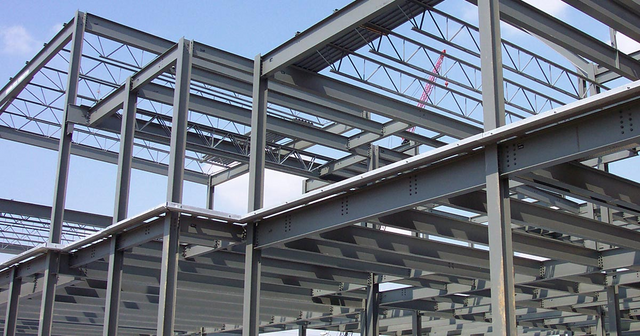Construction structures are the set of elements designed to support and distribute the loads of a building or any other civil work. These structures ensure the stability, safety, and functionality of the project, and their proper planning and execution are key to any construction.

Types of Construction Structures:
- Concrete Structures: Concrete is one of the most commonly used materials in construction due to its strength and durability. Concrete structures include foundations, columns, beams, slabs, and other essential parts of buildings and bridges. They can be prefabricated or poured on-site.
- Metal Structures: These structures are mainly used for high-rise buildings, industrial warehouses, and bridges. They are made of steel, a strong and lightweight material ideal for supporting heavy loads and resisting external forces such as wind and earthquakes.
- Wooden Structures: While less common in modern buildings, wooden structures are often used in smaller-scale constructions like houses and cabins. Wood is a natural material that offers good strength and is more sustainable in certain contexts.
- Composite Structures: This type of structure combines different materials, such as steel and concrete, to take advantage of the benefits of each. For example, some buildings use steel columns and concrete slabs to enhance both strength and cost-efficiency in construction.
- Masonry Structures: These structures rely on materials like bricks or concrete blocks to build walls, which are then complemented by reinforcing elements like beams or columns. Masonry is common in the construction of homes and small buildings.


Importance of Proper Structural Design
The design of a structure must take into account factors such as the load it will support, the soil conditions, the strength of the materials, and local safety regulations. A well-designed structure not only ensures the building's stability but also the safety of its occupants.